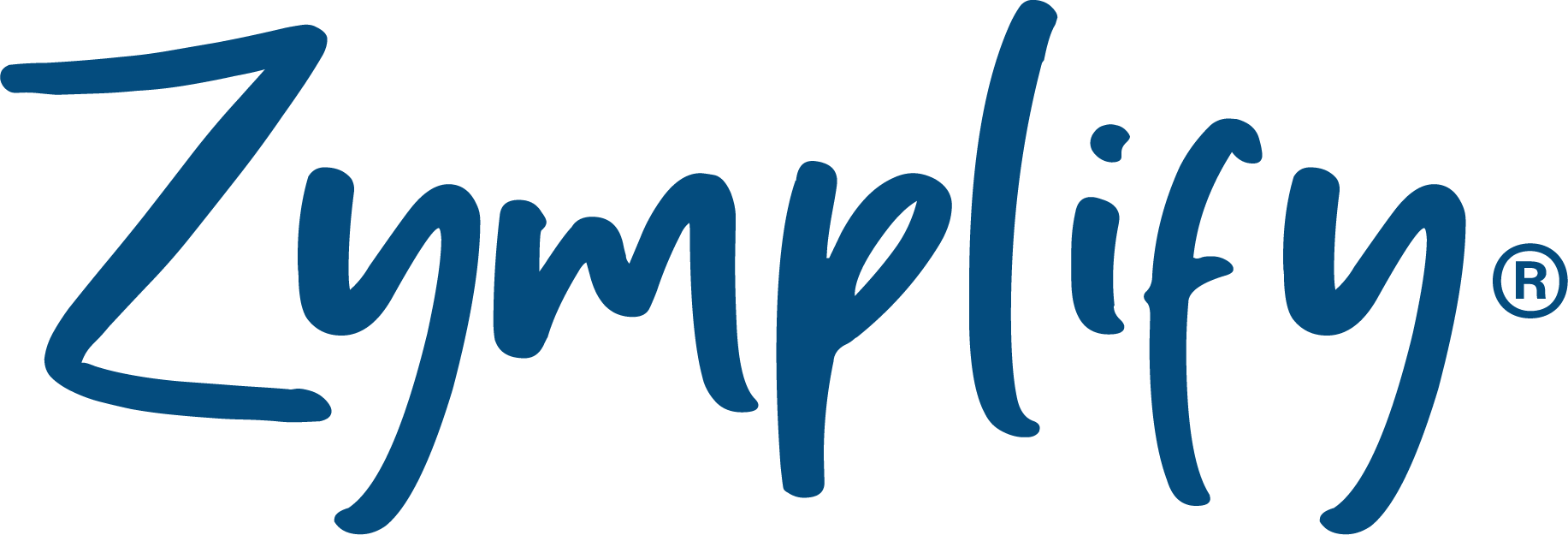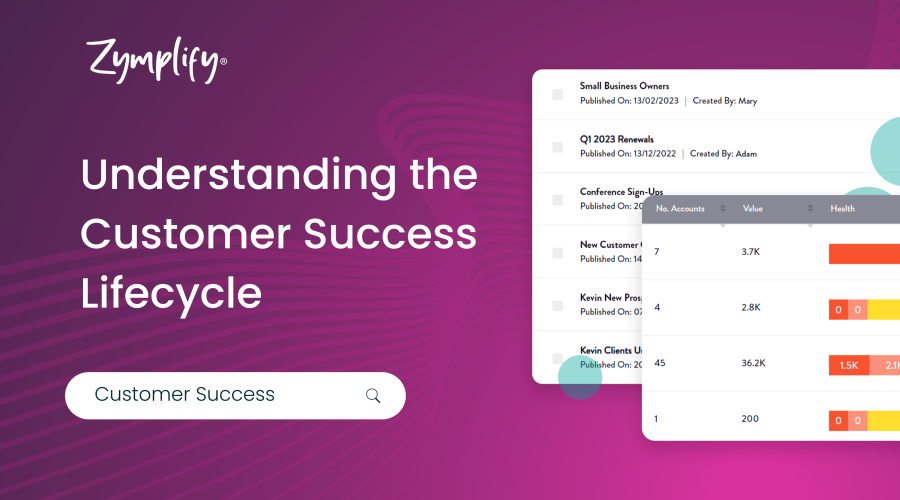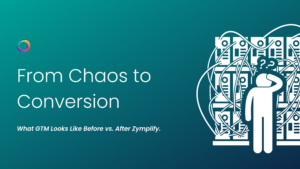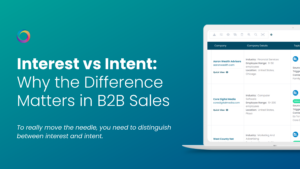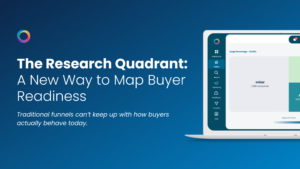Understanding the Customer Success Lifecycle, and how to navigate it effectively, is crucial for creating a successful business. Each stage of the lifecycle – from onboarding to renewal – presents unique challenges and opportunities to nurture a positive relationship with your customers.
In this blog, we delve into the details of the Customer Success Lifecycle and how to effectively manage it. We’ll provide a comprehensive guide to each stage of the lifecycle, including onboarding, adoption, value realisation, expansion, and renewal. Also, we share key strategies and best practices to optimise customer satisfaction and retention.
So whether you’re a new start-up or an established enterprise, this blog will provide valuable insights to help you maximise your customer success strategy.
The Typical Customer Success Lifecycle Stages
The Customer Success Lifecycle is a cycle that encapsulates the entire journey a customer undergoes from the moment they first interact with your company to the point they become a loyal and satisfied customer. It’s a crucial part of business operations and plays a key role in managing customer satisfaction and retention.
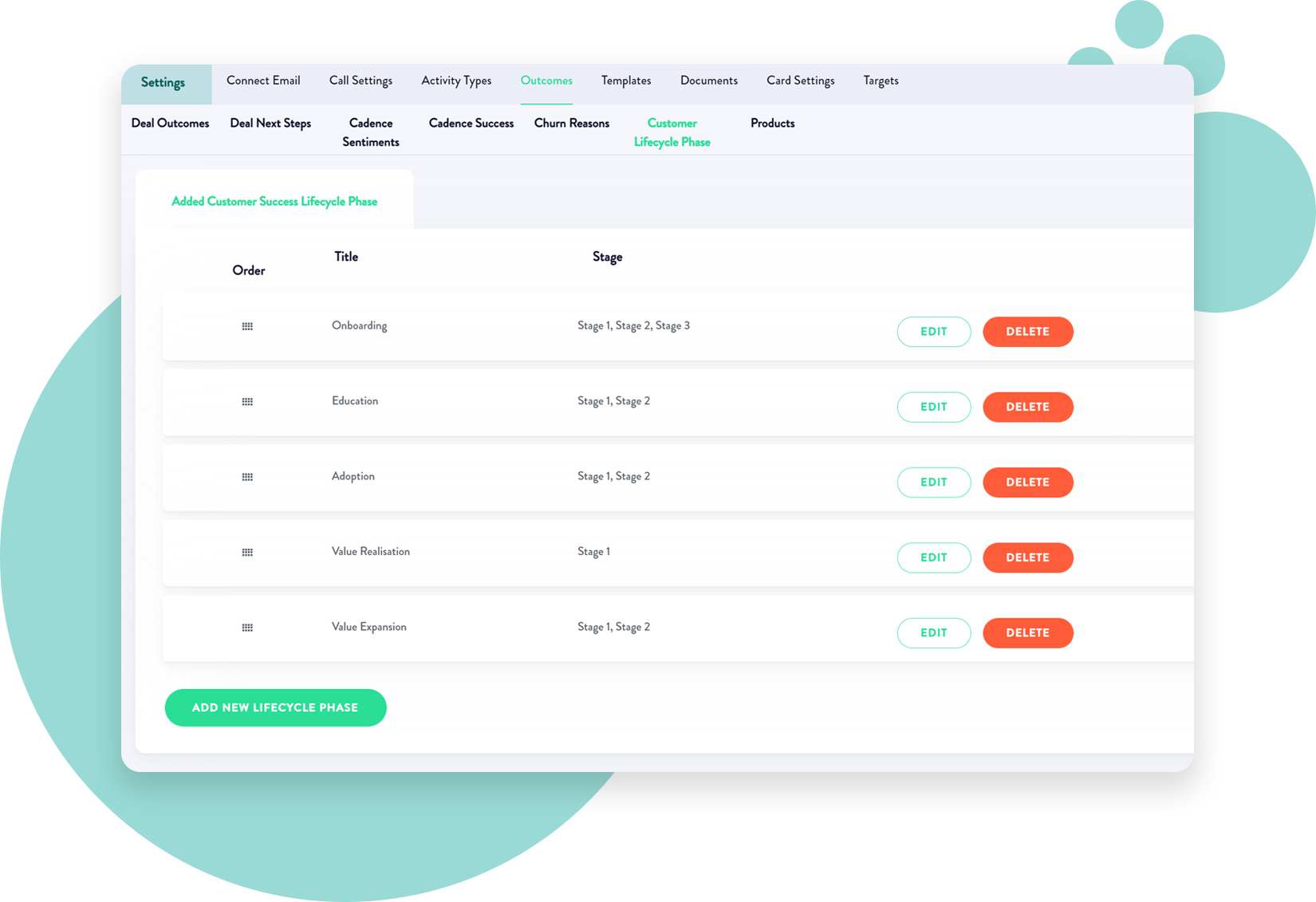
Onboarding
Onboarding is the initial stage of the customer success lifecycle and marks the beginning of the customer’s journey with your product or service. This is the phase where your customers are familiarising themselves with your product, learning how to use it, and discovering how it can meet their specific needs
Good onboarding process achieves two key objectives: It helps customers navigate your product with ease and it facilitates their first few steps towards achieving their goals with your product. Thus, the onboarding process is a golden opportunity to show your customers how your product will add value and make it easier.
Tips For Successful Onboarding:
- Welcome and Orientation: Make your new customers feel welcome. Share a well-designed welcome pack that contains all the necessary details about your product and the onboarding process. Ensure it contains contact details for support if they have any questions.
- Interactive Tutorials: Use interactive tutorials to demonstrate how to use different features of your product. Leverage videos, webinars, or even AR/VR to make this a more engaging learning experience.
- Personalised Training: Offer personalised training sessions based on the needs of different customer segments. Some may need in-depth technical training, while others may be more interested in general usage tips.
- Clear Communication: Keep lines of communication open and clear. Make sure customers know who to contact if they have any questions or run into any issues.
- Checkpoints: Set up regular checkpoints to ensure customers are progressing as expected and to nip any potential issues in the bud. Include a mix of automated emails and personal calls for these checkpoints.
- Quick Wins: Help your customers achieve some quick wins early in the onboarding process. This can boost their confidence and reinforce the value your product offers.
- Feedback: Request feedback at various stages of the onboarding process. This will help you identify areas for improvement and make necessary adjustments.
- Onboarding Metrics: Track onboarding metrics like time to first value (TTFV) and activation rate to measure the success of your onboarding process and identify areas for improvement.
Remember, a smooth onboarding process is a crucial step in building a strong, positive relationship with your customers. So take time to plan, execute, and refine your onboarding process. It not only sets the tone for the customer’s experience with your product but also lays the foundation for customer loyalty in the long run.
Adoption
Adoption is the phase where your customers have moved beyond the onboarding process and have started to integrate your product into their daily processes and tasks. They have understood your product’s capabilities and now, it’s time for them to realise its potential in their operations. At this stage, your role is to ensure that they are fully engaged with your product and are leveraging it to its full potential
Low engagement during this period often signals a high risk of customer churn. Thus, understanding your customers’ adoption and usage patterns is pivotal to developing strategies for fostering their commitment to your product. Monitor their interactions with your product and intervene as soon as you notice signs of low usage or engagement.
Also, bear in mind that adoption is not merely about usage frequency. It’s about ensuring your customers are utilising your product effectively and deriving maximum value from it.
Tips for Improving Adoption
- Create Engaging Content: Develop a variety of engaging content that guides customers on how to use your product in different ways. This can include tutorials, webinars, blog posts, and case studies. The aim is not just promoting frequent usage, but also helping customers to discover new ways to gain value from your product.
- Personalised Training: Offer refresher training sessions that are customised to the needs of individual customers. This can help customers, whether they are beginners or advanced users, to get more out of your product.
- Feedback Mechanism: Implement a mechanism to gather regular feedback from your customers. Understanding their experiences and challenges can provide invaluable insights into how you can improve their adoption rates.
- Proactive customer success management: Assign a customer success manager to each account who can provide regular check-ins, offer helpful advice and answer any questions or concerns the customers might have.
- Use Adoption Tools: Leverage tools that help track user activity and provide insights on customer usage patterns. This can help you identify low usage, user pain points, and the features that are most valued by your customers.
- Collaborate with customers: Work with your customers to build an adoption plan that aligns with their objectives and workflows. This collaboration can foster a sense of ownership among customers, driving them to adopt the product more deeply.
Remember, product adoption is an ongoing process. Maintain open lines of communication with your customers and continually offer them the support they need to successfully integrate your product into their routines. By doing so, you not only reduce the risk of customer churn but also enhance customer satisfaction and loyalty.
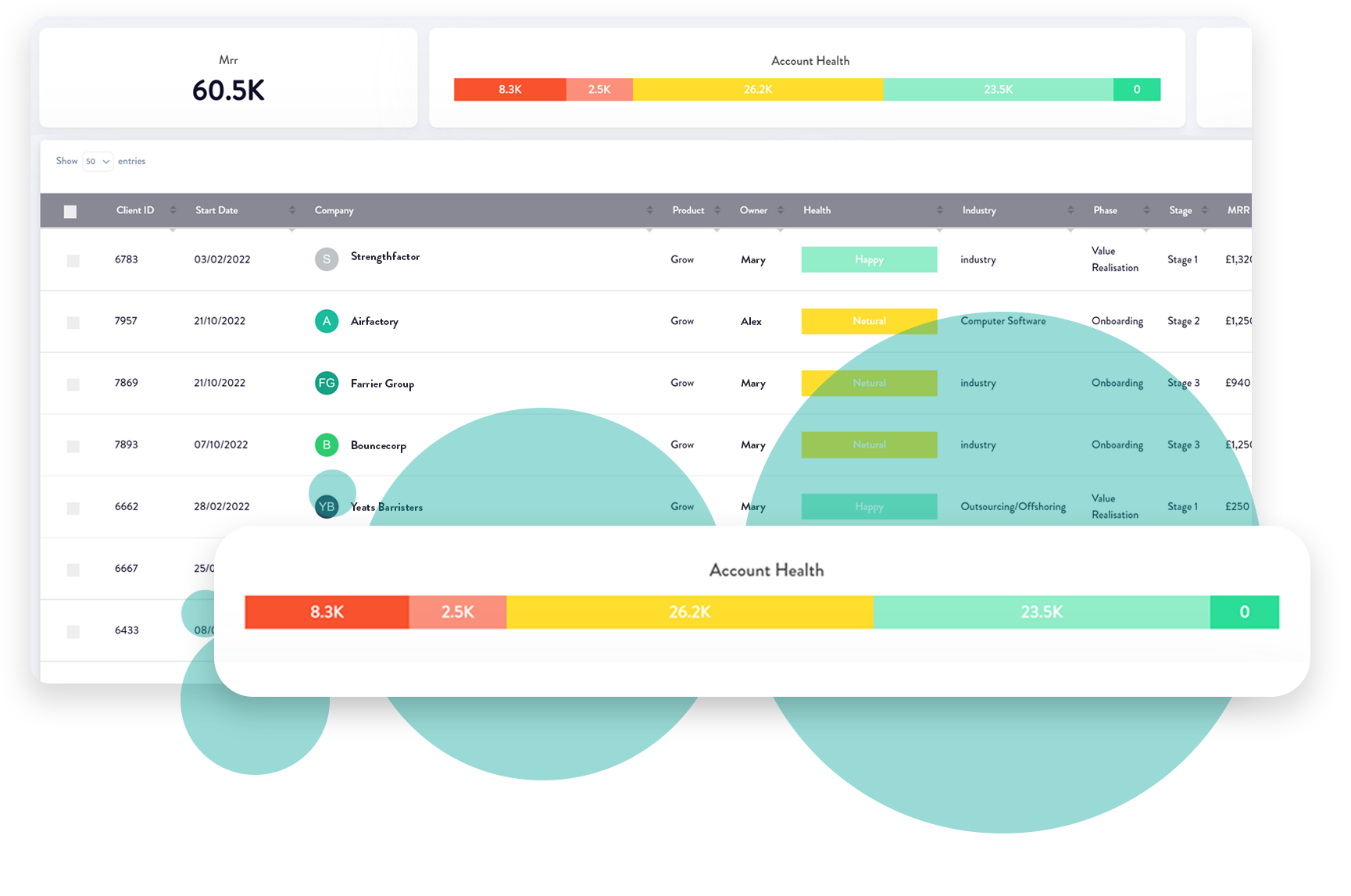
Value Realisation
Value realisation is the stage where your customers see the tangible benefits of using your product or service and understand its worth. It’s the “Eureka!” moment when they realise that your product is no longer a nice-to-have, but an essential tool in their daily operations. This stage is crucial in securing customer loyalty and decreasing churn rate.
During the value realisation stage, your customer should already be familiar with your product and optimally integrating it into their workflows. The focus is now on assessing how your product is contributing to their success. Are they achieving their target outcomes? Are they reaching their goals faster or more efficiently?
Use data to drive these assessments. Monitor usage, measure results, and track progress towards goals. The data not only provides an objective measure of success, but it can also help you identify areas for improvement or opportunities for upselling and cross-selling.
Tips for Improving Value Realisation
- Regular Check-Ins: Don’t wait for your customers to come to you with problems. Conduct regular check-ins to understand their experiences and address any concerns they may have. This proactive approach can help you spot potential issues before they become major problems.
- Tailored Support: Every customer is unique, with their own set of goals and challenges. Providing tailored support ensures your customers can maximise the value from your product. This could mean offering customised tutorials, providing industry-specific advice, or giving personalised product recommendations.
- Upsell and Cross-Sell: If your customers are seeing great value from your product, they might be interested in additional features or services. Use value realisation as an opportunity to upsell or cross-sell. However, this has to be done strategically. Ensure it adds more value to the customer and is not just a sales tactic.
- User Community: Consider creating a user community or forum where customers can share their experiences, ask questions, and get advice. This fosters a sense of community and can help new users realise the value of your product faster.
- Success Stories: Highlight success stories of customers who have realised significant value from your product. Share these stories in your newsletters, blog posts, and social media. This not only helps your existing customers discover new ways to use your product but also serves as effective marketing to attract new customers.
Remember, value realisation is a continuous process. Even after your customers have realised the value of your product, continue to check in with them, provide support, and look for opportunities to deliver even more value. This will keep your customers satisfied, loyal, and more likely to recommend your product to others.
Expansion
Expansion is the stage in the Customer Success Lifecycle wherein a customer, having realised the value of your product or service, is open to deepening their engagement and increasing their investment. This could mean a variety of things: purchasing additional products or services, upgrading to a pricier plan, or bringing in more users from the customer’s team. It might even involve becoming a brand advocate and referring new customers to your business.
This stage offers an immense opportunity to grow customer accounts and generate more revenue, but it calls for a strategic and customer-centric approach. The goal is not just to upsell or cross-sell, it’s also to maximise the value that customers get from your product or service.
Tips to Improve Expansion
- Relationship Building: Building strong relationships with your customers is key to driving expansion opportunities. Understand their needs, their goals, and how your product or service fits into their big picture. The more you know, the better you’ll be able to identify and propose valuable opportunities for expansion.
- Upsell and Cross-sell Strategically: Successful upselling and cross-selling relies on timing and relevance. Make sure the products or services you’re suggesting cater directly to your customer’s needs, and are introduced at a time when the customer is most likely to offer a positive response.
- Leverage Data: Use customer data to identify key indicators that signal a readiness for expansion, such as regular usage, high engagement rates, or positive feedback. Similarly, if a customer’s usage drops or they seem less satisfied, these could be signals that you need to intervene and resolve any issues before attempting to expand the relationship.
- Add Value: Every interaction with your customer should add value. Whether it’s providing stellar customer service, introducing them to useful features they weren’t aware of, or helping them achieve their goals more efficiently, consistently adding value will increase customer satisfaction and open up opportunities for expansion.
- Referral Program: Consider setting up a referral program that rewards customers for introducing your product to others. This both encourages expansion and turns your loyal customers into brand advocates.
- Regular Check-ins: Regular check-ins or business reviews can help you assess customer satisfaction, understand their evolving needs, and present opportunities for expansion. Use these meetings to discuss the customer’s growth plans and how your offerings might assist in reaching those objectives.
Remember, expansion should not be forced but should come naturally as a result of customers realising the value of your product or service. A pushy sales approach can harm relationships, so always put the customer’s needs first and ensure any proposed expansions will genuinely benefit them.
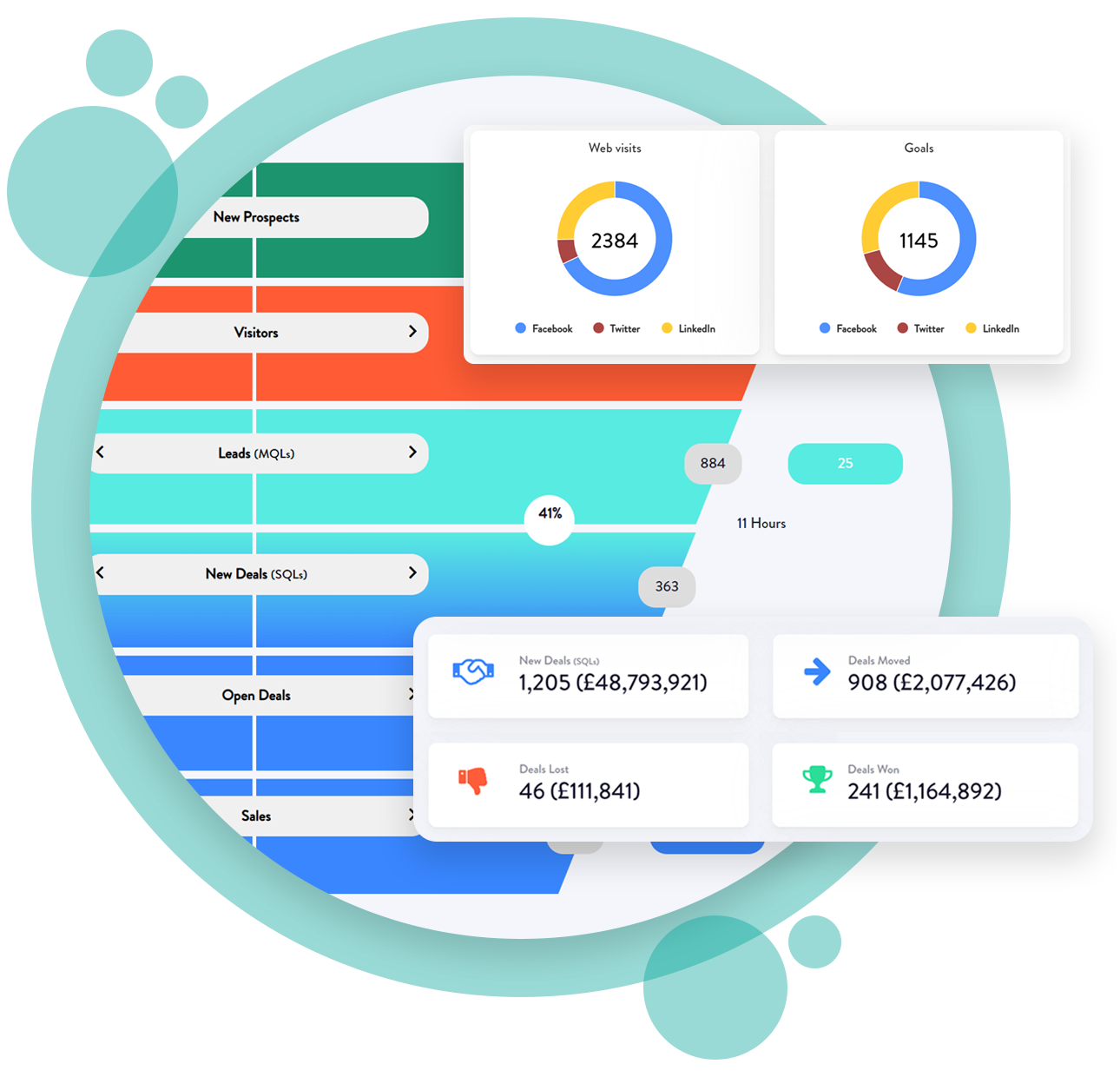
Renewal
The renewal stage marks a crucial decision-making point for your customers. It is the juncture where they assess the value they’ve received from your product or service and decide whether to continue their contract. Successfully navigating customers to this stage necessitates a customer-centric approach that prioritises delivering continuous value and stellar support throughout the entire lifecycle.
The renewal stage is not just about getting a contract renewed – it’s also an opportunity to reinforce your relationship with the customer and to potentially up-sell or cross-sell. This process should begin well before the actual renewal date.
Tips to Improve Renewals
- Continuous Value Delivery: The best way to ensure renewals is by continuously providing value to your customers. Monitor usage data, gather feedback, and conduct periodic reviews to understand whether your customers are achieving their goals with your product or service.
- Early Engagement: Engage in renewal discussions well before the contract expiration date. This allows ample time for any negotiations or addressing potential issues.
- Proactive Support: Don’t wait for customers to reach out to you with their problems. Offer proactive support to help them address issues before they escalate, improving their overall experience and making them more likely to renew.
- Regular Communication: Maintain regular communication with your customers. Update them about new features, offer tips for getting the most out of your product or service, and remind them of the value they’re receiving.
- Transparency: Be transparent about the renewal process. Inform them about renewal dates, pricing, and the terms and conditions in advance to avoid any surprises.
- Foster Relationships: Build strong relationships with your customers. The more invested they are in the relationship, the more likely they are to stick around.
- Assess Satisfaction: Regularly assess customer satisfaction and loyalty. Use surveys or direct conversations to gauge their experience with your product or service and their likelihood of renewing.
- Reward Loyalty: Consider offering incentives for renewals, such as a discount for annual payment, or added features or services.
These strategies increase the likelihood of successful renewals by enhancing your overall customer experience.
Conclusion
In conclusion, understanding and effectively managing the Customer Success Lifecycle is an integral part of ensuring a thriving business. From onboarding to renewal, each stage offers opportunities to foster robust relationships with your customers, enhance their satisfaction and loyalty, and ultimately, boost your revenue. Incorporating the strategies and tips outlined in this blog will help you navigate each stage of the lifecycle, making your customers’ journey a successful and rewarding one.
With Zymplify, managing the Customer Success Lifecycle becomes easier. Our platform is designed to provide you with all the tools you need to attract, engage, and satisfy your customers, helping you turn prospects into loyal brand advocates.
